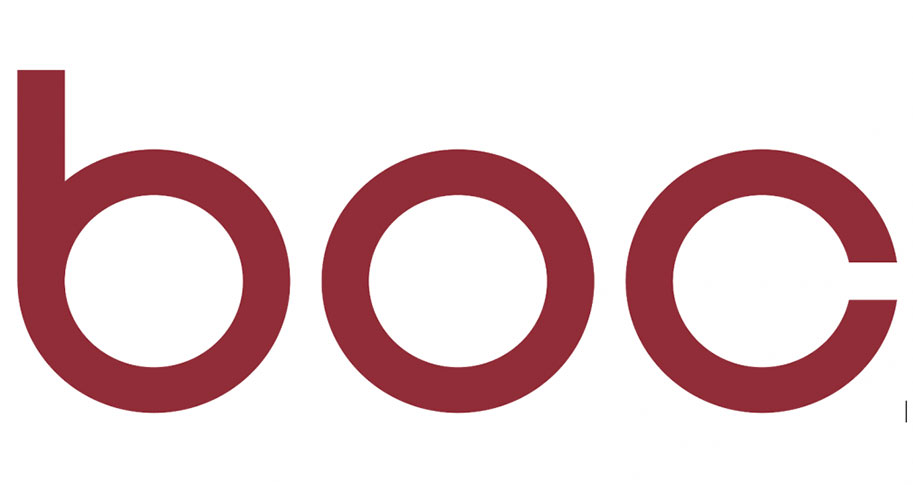
“Our research suggests that there is no single, ‘one-size-fits-all’ front-of-package nutrition label that is suitable for all the different types of situations in which consumers are evaluating and choosing products,” said Elizabeth Howlett, professor of marketing in the Sam M. Walton College of Business.
Shoppers often find it daunting to decide which packaged food products are the healthiest. A typical supermarket carries more than 40,000 different items, and previous marketing research has shown that consumers make the vast majority (82 percent) of their purchase decisions while shopping in the store.
Consumers sometimes evaluate a single product, an activity marketing researchers call non-comparative processing. More often, however, consumers participate in comparative information processing, which means they evaluate multiple products simultaneously. For example, a consumer might ask himself whether he should purchase the French-style lemon yogurt, the Greek-style blueberry yogurt, or the low-calorie berry variety.
Comparative information processing is considerably more difficult than non-comparative processing, because consumers must make direct comparisons between several options and multiple types of calorie and nutrient information. Though these tasks are clearly very different, Nutrition Facts panels provide only one type of standardized nutrition information.
Howlett, Scot Burton, Distinguished Professor of marketing in Walton College; and Christopher Newman, assistant professor of marketing at the University of Mississippi and former doctoral student at the U of A, examined two formats for front-of-package nutrition labels. One format provided specific, objective and quantitative information – for example, 10 grams of fat. The other format provided evaluative information, such as Walmart’s green “great for you” icon.
Read the entire article at Arkansas Newswire




